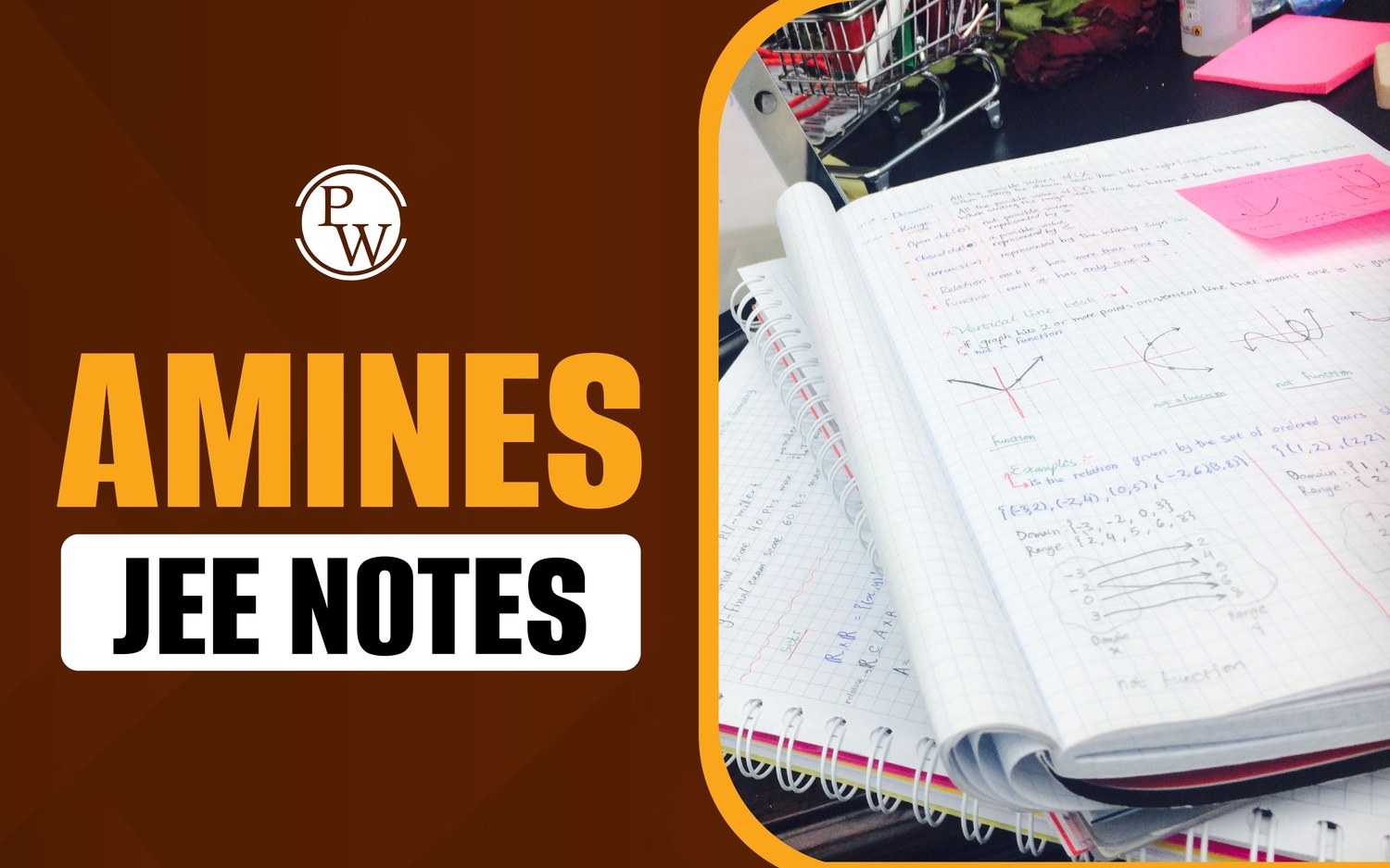

General Motion Of A Rigid Body : You see rotation in nearly every machine, you use it every time you open a beverage can with a pull tab, and you pay to experience it every time you go to an amusement park. Rotation is the key to many fun activities, such as hitting a long drive in golf (the ball needs to rotate in order for the air to keep it aloft longer) and throwing a curveball in baseball (the ball needs to rotate in order for the air to push it left or right). Rotation is also the key to more serious matters, such as metal failure in aging airplanes.
We wish to examine the rotation of a rigid body about a fixed axis. A rigid body is a body that can rotate with all its parts locked together and without any change in its shape. A fixed axis means that the rotation occurs about an axis that does not move. Thus, we shall not examine an object like the Sun, because the parts of the Sun (a ball of gas) are not locked together. We also shall not examine an object like a bowling ball rolling along a lane, because the ball rotates about a moving axis (the ball’s motion is a mixture of rotation and translation).
In pure rotation ( angular motion ), every point of the body moves in a circle whose center lies on the axis of rotation, and every point moves through the same angle during a particular time interval. In pure translation ( linear motion ), every point of the body moves in a straight line, and every point moves through the same linear distance during a particular time interval.
Angular Velocity
Angular velocity is a vector quantity. It is represented by ω. Its SI unit is radian per second. It can be defined for following three situations:
(i) Angular velocity of a particle (in motion) about a fixed point.
(ii) Angular velocity of a rigid body in pure rotational motion.
(iii) Angular velocity of a rigid body in rotational and translational motion
Angular Velocity Of A Particle about a Fixed Point
At a given instant a particle P has velocity v . It has position vector r with respect to a fixed-point O as shown in figure. After some time position vector has become r ′. We can see two changes in its position vector.
First, its magnitude |
r
| has changed, second its direction has changed or we can say, its position vector has been rotated. If we resolve
v
along
r
and perpendicular to
r
then its two components
and
have the following meanings.
= component of
v
along
r
=
= rate by which magnitude of r changes
= rate by which distance of P from O changes
= angular velocity of particle P about point O at this instant
= rate by which r rotatesAngular Velocity of a Rigid Body in Pure Rotational Motion
Consider a rigid body rotating about a fixed line AB . Consider a particle r . Draw a perpendicular FU to the axis or rotation. In time At , this particle moves to point Q .
Let
Then, we say that the particle has rotated through an angle
In fact, all the particles of the rigid body have rotated the same angle
or we can say that the whole body has rotated through an angle
The average angular velocity of the rigid body during the time interval
is
The instantaneous angular velocity of the rigid body is
Direction of angular velocity is given by right hand rule. The direction of angular velocity is defined to be the direction in which the thumb of your right hand points when you curl your fingers in the direction of rotation.
For example, direction of ω in the given figure is along the axis of rotation from B to A . The magnitude of angular velocity is called angular speed. However, we shall continue to use the word angular velocity.
Angular Velocity Of A Rigid Body in Rotational and Translational Motion
∙ Consider two particles A and B on a rigid body (in translational and rotational motion). In general, velocity of A is not equal to the velocity of B .
or
Find their components along AB and perpendicular to AB . Now,
-
Along AB their components are always equal or,
-
Find relative component perpendicular to AB and divide it by the distance AB to find angular velocity of the rigid body. In the given figure, the perpendicular components are v A sin
and v B sin
(in the same direction). Suppose
Then, the relative component perpendicular to AB is
As,
so rotation of the body is clockwise and according to right hand rule, angular velocity vector is perpendicular to paper inwards. This direction is also shown like
Translation
If a body is moving such that a line drawn between any two of its internal points remains parallel to itself, the motion is said to be translation. In translation, all the particles of the body move along parallel paths. If these parallel paths are straight lines, the motion is said to be a rectilinear translation; if the paths are curved lines, the motion is a curvilinear translation. For a rigid body in translation, all the points of the body have the same velocity and the same acceleration at any given instant.
Rotation
- A rigid body is said to be in pure rotation if every particle of the body moves in a circle and the centres of all the circles lie on a straight line called the axis of rotation. All points in the body which are perpendicular to the axis of rotation turn through the same angle in the same time interval.
- If the line joining any two internal points does not remain parallel to itself, the body is in rotation.
-
(b)
Curvilinear translation Rotation
General Motion Of A Rigid Body FAQs
Q.1 : What is rigid body?
Q.2 : A rigid body can perform both translational and rotational motion?
Q.3 : A car moving in a straight line is an example of which type of motion?












